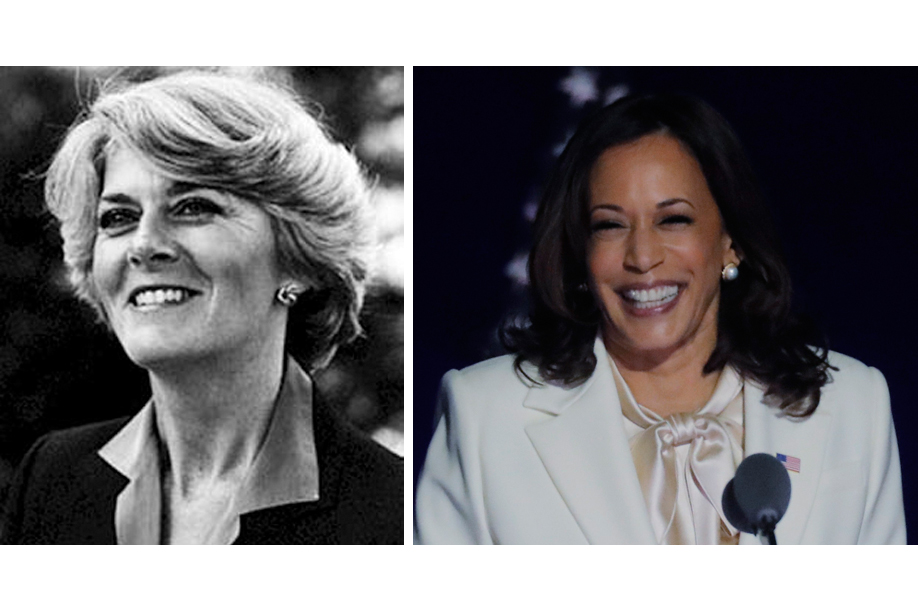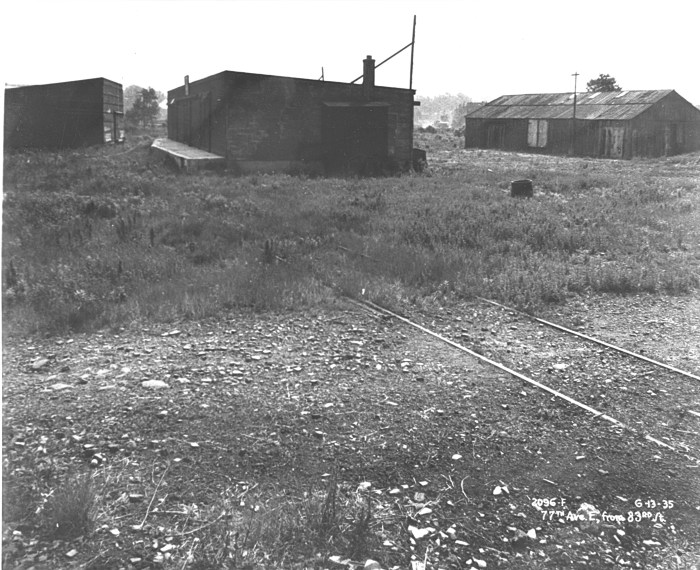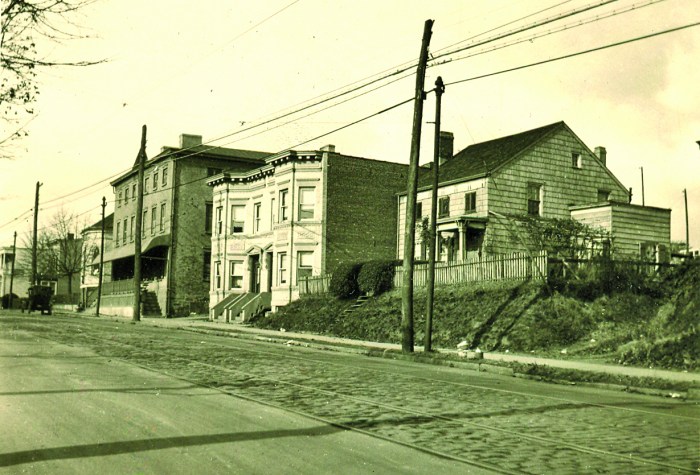History was made when Americans elected former Vice President Joe Biden and California Senator Kamala Harris over President Donald Trump and Vice President Mike Pence, denying the Republican incumbents a second term in office.
In being elected vice president, Harris finally shattered the glass ceiling in the executive branch that had existed for more than 200 years. On Jan. 20, 2021, she became not only the first woman ever to hold the office, but also the first Black woman and first person of South Asian descent to do so.
In 1984, Ferraro, who lived in Forest Hills and served as its member of Congress at the time, became the first-ever woman to be nominated to a major party’s presidential ticket, as the running mate of that year’s presidential nominee, former Vice President Walter Mondale. The Democratic ticket faced an uphill climb against the popular Republican incumbents, President Ronald Reagan and Vice President George H.W. Bush, who were seeking a second term in office.
The Mondale-Ferraro ticket was drubbed in November 1984; the Reagan-Bush ticket easily won a second term in a massive landslide victory, in which Mondale-Ferraro won only Minnesota (Mondale’s home state) and the District of Columbia.
While the outcome was not what Democrats hoped for that year, Ferraro’s vice presidential campaign set the stage for women across America, of all political stripes, to finally gain recognition, respect and attention on the national political scene.
In public service
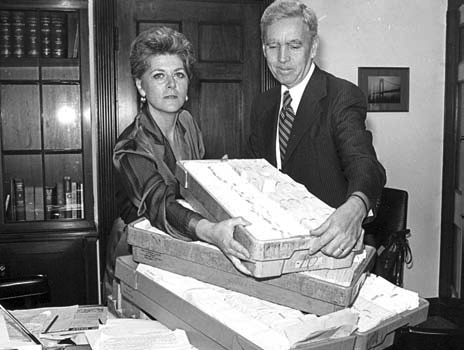
Ferraro was born on Aug. 26, 1935 in upstate Newburgh, and relocated to the Bronx at the age of eight following her father’s death. She went on to attend Marymount College, and relocated with her mother to Queens in 1954.
Soon after graduating college, in 1956, she worked as a teacher at P.S. 85 in Astoria. But she became interested in pursuing a legal career, and began attending classes at Fordham Law School, where she graduated with her law degree in 1960.
That same year, she married real estate businessman John Zaccaro; Geraldine kept her maiden name as a tribute to her mother. The young couple moved into a home on Deepdene Road in Forest Hills Gardens, where they raised their three children, Donna, John and Laura.
In the years that followed, Ferraro became involved in local politics and became an active member of the legal community. In 1970, she became the president of the Queens County Women’s Bar Association, which represents female attorneys and jurists across the borough.
Three years later, she joined the Queens district attorney’s office after her cousin, Nicholas Ferraro, was elected to the post. Geraldine Ferraro established the Queens DA’s Special Victims Unit, a group of prosecutors focused on victims of heinous offenses such as sexual abuse, child abuse and domestic violence.
In 1978, Ferraro jumped fully into the political world by running for Congress. Using the campaign slogan, “Finally, a tough Democrat,” she won over voters in a rather conservative district at the time and was elected to Capitol Hill.
One of her assignments in the House of Representatives was to the Post Office Committee. It was there that she worked with the U.S. Postal Service on establishing a Queens-based ZIP code of 11385 for the communities of Ridgewood and Glendale.
Previously, the Ridgewood/Glendale area had the Brooklyn-based ZIP code of 11227, which negatively impacted home and auto insurance premiums in the community at the time. Ferraro saw to it that the area was moved into a Flushing-based ZIP code, which more appropriately aligned with the communities’ Queens identity.
Making her run
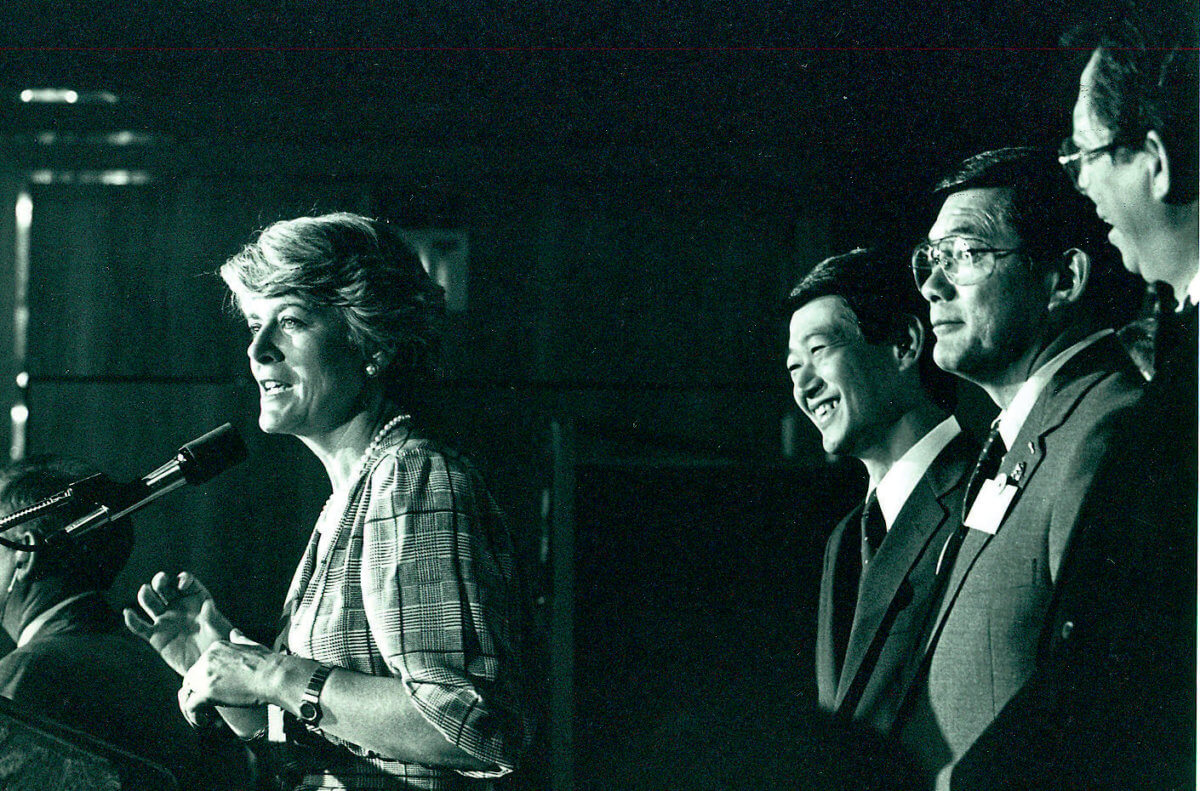
Ferraro gained influence within the Democratic Party on both the local and national stages. She gained the favor of then-House Speaker Tip O’Neill, the party’s most powerful elected official in the Reagan era, and Ferraro eventually became chairperson of the Democratic Platform Committee.
After Mondale won the presidential nomination in 1984, he indicated a desire to nominate a female running mate. Ferraro was one of several choices under consideration, and though only in Congress for three terms, she jumped at the opportunity to make an historic national campaign.
In the summer of 1984, Ferraro formally accepted the Democratic Party’s vice presidential nomination at the Democratic National Convention in San Francisco. She gave a rousing speech in which she announced that the part “sent a powerful signal to all Americans.”
“There are no doors we cannot unlock. We will place no limits on achievement,” she said. “If we can do this, we can do anything.”
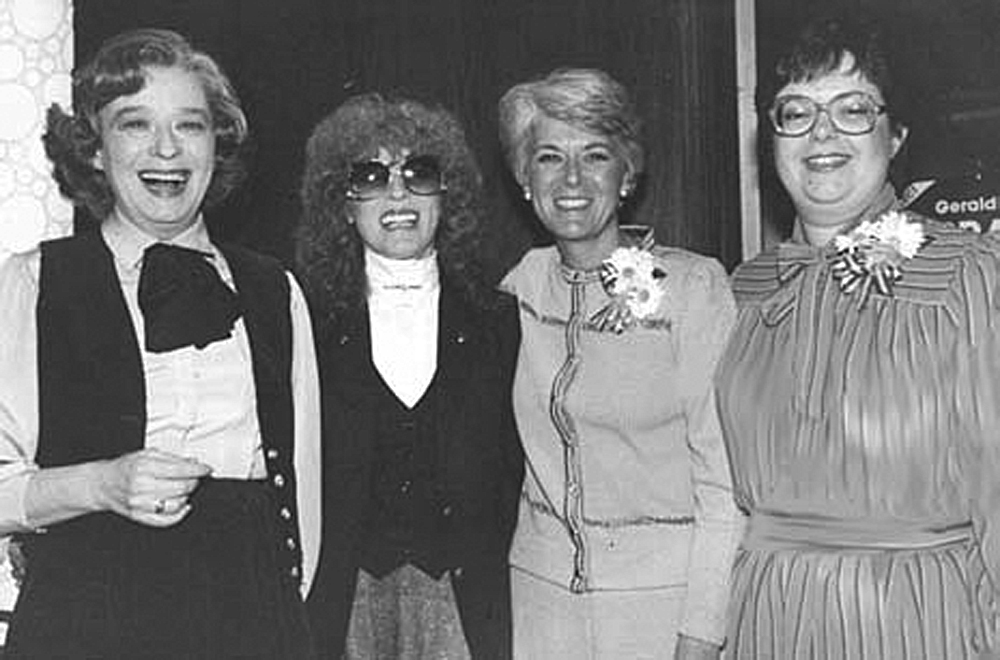
Even though the Mondale/Ferraro ticket was unsuccessful in their historic bid, Ferraro’s convention remarks did prove prophetic in a sense. In the years that followed, Americans elected more women to the halls of Congress and to governor’s mansions across the nation.
Ferraro herself, however, never got back to Capitol Hill. She made two failed runs at the U.S. Senate in 1992 and 1998, and served in the Clinton administration as U.S. ambassador to the U.N. Convention on Human Rights in Geneva.
Ferraro died in March 2011 at the age of 75 from complications of multiple myeloma.
It would take a full 24 years after Ferraro’s vice presidential run before another woman got a chance at a White House run. That happened in 2008, when Republican presidential nominee, Arizona Senator John McCain, selected Alaska Governor Sarah Palin as his running mate.
Eight years later, in 2016, former Secretary of State and New York Senator Hillary Rodham Clinton became the first female presidential nominee of a major American political party. She received more than 65 million votes nationwide, but lost the electoral vote to Donald Trump.
Now, Harris became the nation’s first female vice president. No American woman has soared to such heights — and, as the vice president said in her victory speech, she won’t be the last to do so.
Without question, we imagine that Ferraro would be quite proud.
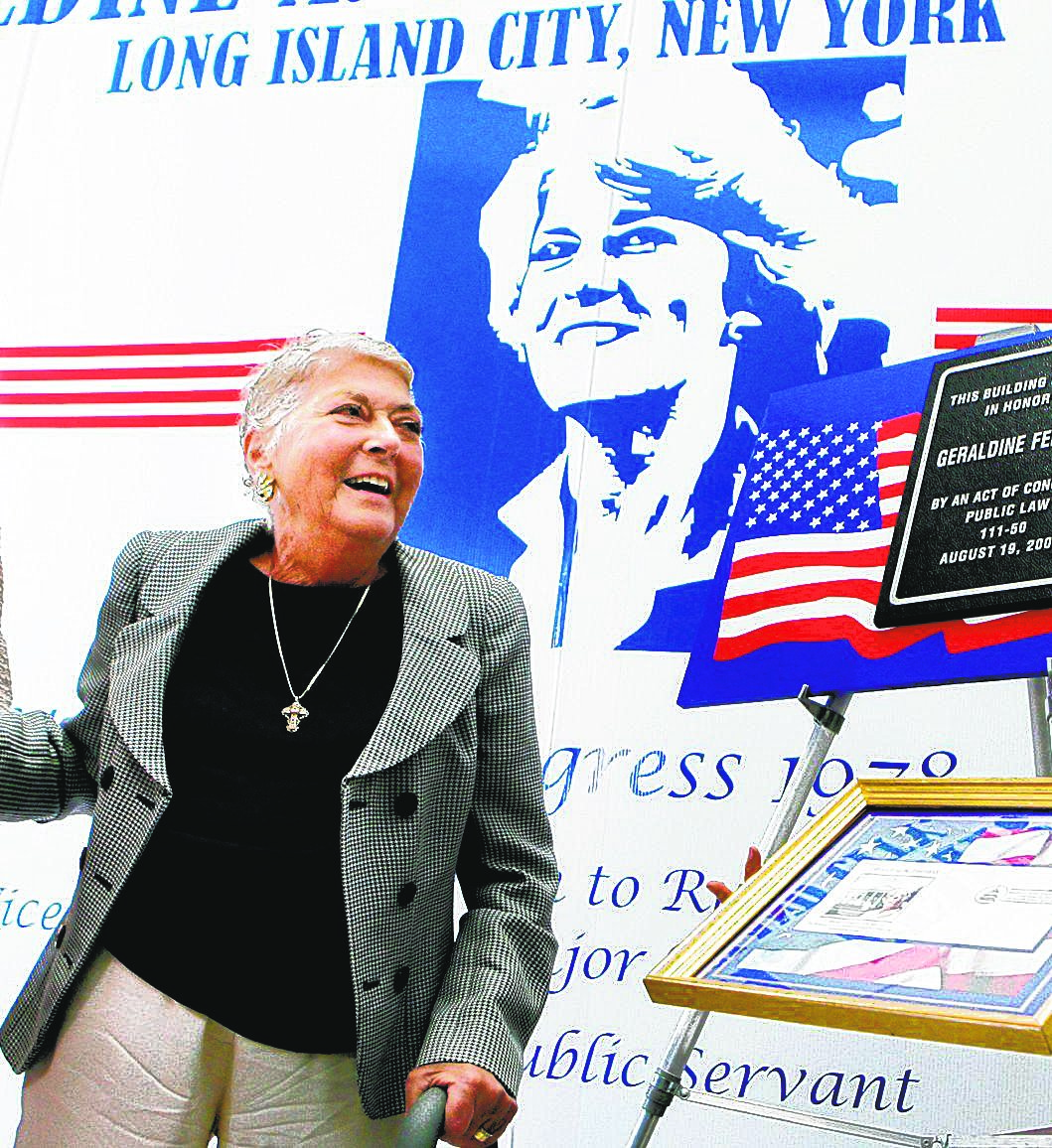
* * *
If you have any remembrances or old photographs of “Our Neighborhood: The Way It Was” that you would like to share with our readers, please write to the Old Timer, c/o Ridgewood Times, 38-15 Bell Blvd., Bayside, NY 11361, or send an email to editorial@ridgewoodtimes.com. Any print photographs mailed to us will be carefully returned to you upon request.

